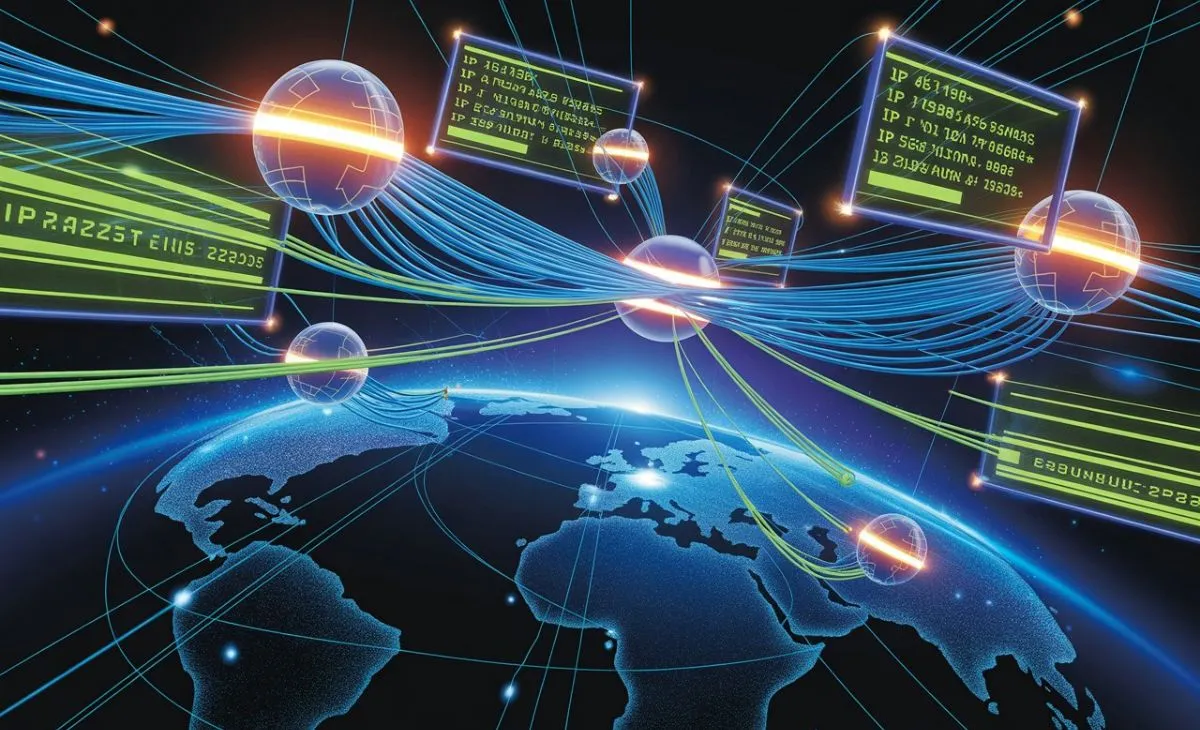In today’s era of rapid innovation, technology evolves faster than ever before. Every year brings breakthroughs in artificial intelligence, digital art, blockchain, and communication. Amid this wave of transformation, the term Milyom has begun to symbolize a shift in how we view digital ecosystems — blending creativity, connectivity, and purpose into a single vision for the future.
This article explores the concept of Milyom: what it represents, how it aligns with current trends, and why it reflects the next big step in digital evolution.
The Birth of a New Digital Mindset
The 21st century has been defined by the rise of digitalization. From online banking to virtual classrooms, nearly every part of human life has moved to the internet. Yet, true digital transformation isn’t just about convenience — it’s about rethinking how humans interact with technology.
Milyom represents this new mindset. It signifies the balance between progress and mindfulness — where innovation isn’t only about speed or automation, but also about designing technology that uplifts, connects, and empowers.
In essence, Milyom is more than a name — it’s a philosophy of creation, built on three key principles:
- Empathy in technology – placing human needs at the center.
- Sustainability in innovation – building digital tools responsibly.
- Creativity in design – merging art with intelligent function.
The Evolution of Digital Culture
The digital landscape has evolved through multiple phases — from the early internet to the age of social media, and now to AI-driven personalization. Each stage reshaped how people communicate, work, and create.
Today, as users demand authenticity and personalization, the Milyom approach reflects a more humanized digital future. This means technologies that understand context, respond ethically, and provide experiences that resonate emotionally.
Imagine a future where:
- Websites adapt not just to devices, but to moods.
- AI tools collaborate creatively with humans.
- Communities online focus on collaboration instead of competition.
That’s the spirit of Milyom — innovation that feels alive, not mechanical.
How Milyom Reflects Modern Innovation
Innovation today doesn’t happen in isolation. It grows through collaboration, diversity, and shared intelligence. The Milyom perspective views innovation as an ecosystem — one where every contributor, from developer to designer, adds unique value.
This concept mirrors trends seen across industries:
- In technology, where open-source collaboration drives global software growth.
- In art, where digital creators combine human vision with generative AI.
- In business, where data-driven insights guide meaningful customer engagement.
In all these fields, the Milyom mindset encourages transparency, creativity, and forward-thinking design.
Empowering Digital Communities
No digital revolution can thrive without community. Social networks, creative hubs, and online learning spaces have become the lifeblood of modern innovation. The Milyom idea celebrates the power of these communities — not as simple online groups, but as ecosystems of shared knowledge.
A true Milyom-inspired community might:
- Encourage mentorship between experts and learners.
- Reward creativity through decentralized models.
- Use technology to unite people across languages and borders.
By emphasizing inclusivity and collaboration, Milyom helps digital societies move from isolated users to connected innovators.
The Role of AI and Automation
Artificial intelligence is reshaping nearly every aspect of digital life — from customer service to creative arts. Yet, automation alone isn’t enough. The Milyom approach insists that AI should enhance, not replace, human intelligence.
Here’s how it can work in harmony:
- AI assists, humans create.
- AI analyzes, humans interpret.
- AI optimizes, humans empathize.
This synergy ensures that technology remains a tool for empowerment rather than control. It aligns perfectly with the Milyom belief that the best innovations are born from partnership between machine precision and human emotion.
Sustainability in Digital Design
In a world of endless data, sustainability has become a digital responsibility. Every website, app, or algorithm consumes resources — and the Milyom philosophy stresses the importance of ethical innovation.
This means:
- Designing energy-efficient systems.
- Promoting fair data use and privacy protection.
- Encouraging long-term value creation instead of short-term profit.
By combining sustainability with innovation, Milyom reminds us that progress doesn’t have to harm the planet or compromise humanity.
Art, Creativity, and the Aesthetic Dimension
Digital art has become a major cultural force, shaping how people express identity and emotion. The Milyom way of creativity bridges the beauty of artistic expression with the intelligence of modern design.
This could appear as:
- AI-generated art that reacts to real-time data.
- Immersive VR experiences blending storytelling with sound.
- Interactive galleries that evolve with viewer input.
Art and technology, once considered opposites, are now allies — and Milyom sits at the intersection of that unity, proving that digital expression can be both intelligent and emotional.
Milyom in the Business World
Businesses adopting a Milyom-style approach focus on authenticity and value. Instead of chasing trends, they prioritize customer experience, ethical transparency, and brand integrity.
Some examples of Milyom-inspired business practices include:
- Offering digital products that prioritize accessibility.
- Using analytics to predict needs, not manipulate behavior.
- Supporting digital wellness — encouraging balanced tech usage.
When brands align purpose with performance, they create trust. That trust is the foundation of modern digital success.
The Future of Human-Tech Interaction
The next decade will redefine how humans interact with machines. From conversational AI to brain-computer interfaces, the line between human and digital experiences will blur.
Yet, the Milyom vision ensures that as technology becomes more advanced, it also becomes more empathetic. Tools should learn from us, adapt to our needs, and respect our boundaries.
In this sense, Milyom isn’t about building faster systems — it’s about building better relationships between people and technology.
Case Study: The Milyom Approach in Action
A global design collective recently adopted a Milyom-style framework to create a cross-cultural digital art exhibition. The project combined virtual reality with AI-driven storytelling, allowing participants from different countries to co-create a shared narrative.
Instead of competing, users collaborated — designing, editing, and evolving digital spaces together. The result wasn’t just an art show; it was a demonstration of how creativity and technology can merge to build human connection.
That’s the heart of Milyom: unity through innovation.
Conclusion
In a time when the digital world often feels fragmented, Milyom offers a unifying vision. It reminds us that technology should serve humanity — not the other way around. It’s about blending logic with emotion, progress with purpose, and creativity with conscience.
The philosophy of Milyom isn’t confined to one industry or tool. It’s a guiding principle for anyone seeking to build, create, or innovate responsibly in a connected world.
As we move deeper into the digital future, the message is clear: progress means little without meaning. And Milyom represents exactly that — meaningful innovation for a brighter tomorrow.
FAQs
- What does Milyom represent?
It represents a balance between technology, creativity, and human purpose in digital transformation. - How can the Milyom mindset be applied in real life?
By building ethical, inclusive, and sustainable technologies that empower rather than exploit. - Is Milyom related to AI or digital art?
Yes, it applies to both — emphasizing collaboration between human imagination and machine intelligence. - Why is Milyom important for the future?
Because it defines a vision of innovation that is both forward-thinking and ethically grounded. - How can businesses adopt Milyom principles?
By focusing on empathy, transparency, and long-term value in all digital interactions.





